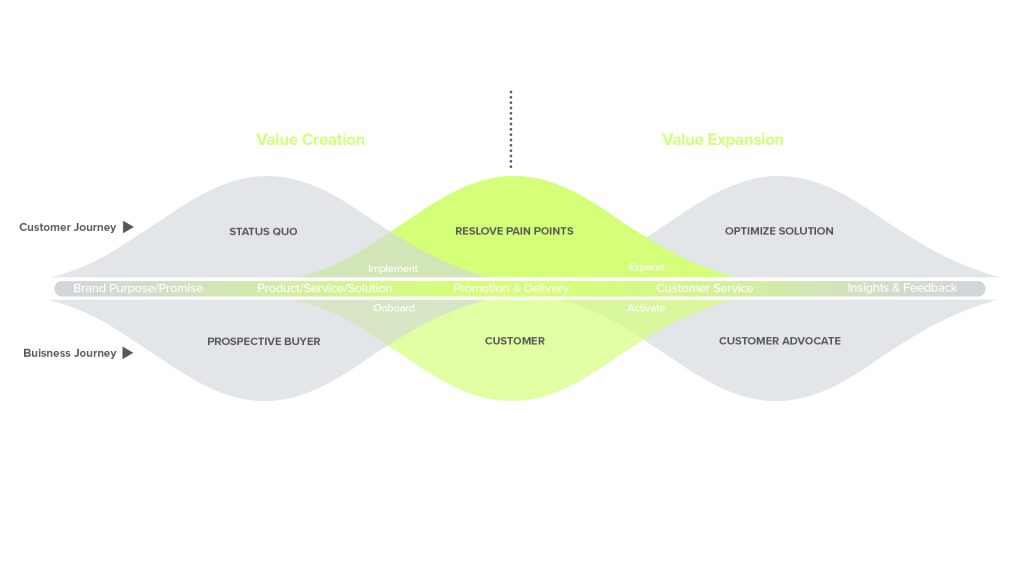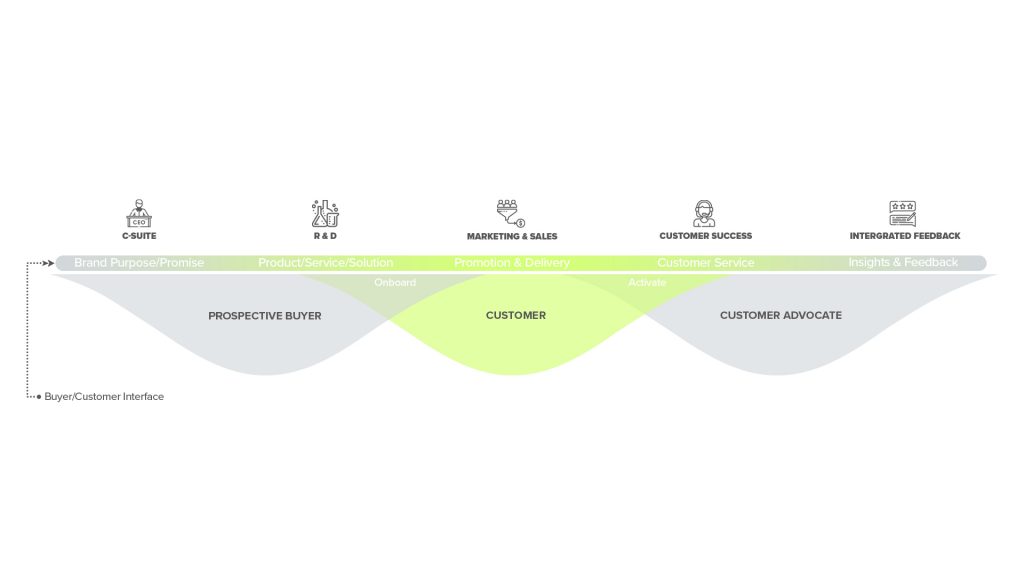
In the fast-paced world of eCommerce, the journey from acquiring customers to retaining them is a challenging one. While value creation is essential, the real key to sustained growth lies in value expansion. This article explores the pivotal shift from creating value to expanding it through effective customer engagement strategies.
We will also look into how Customer Data Platforms (CDPs) and Marketing Automation can facilitate this transition, enabling businesses to forge deeper connections with their customers.
Understanding the Importance of Value Expansion
Creating initial value for customers is a foundational step, but it’s the continuous expansion of that value that truly drives long-term success. Value expansion involves nurturing customer relationships post-purchase, resulting in increased retention rates and recurring sales. This phase is where customer engagement becomes paramount.
… And the Customer Journey
But to delve even deeper into meanders of Value Expansion, we need to understand the customer journey as a process. Why? According to Carlos Hidalgo “(…) each stage has an impact on engagement and affects different departments within your organization, providing an opportunity to personalize the customer experience.”. And he provides a reader with an example of a macroview his company employs to comprehend customer journey:

Even such a macro view enables companies to determine the exact point, where movement from value creation to expansion occurs. Knowing this, they can develop and continually optimize effective strategies for creating sustainable growth.
Moreover, a customer journey map is also the map of responsibility each department has for each stage of customer journey. “Just aligning marketing and sales is only a tiny fraction of what is needed to go from value creation to value expansion” – Hidalgo says, and provides us with an example:

It all looks nice on paper. But to reach this level of precision in tracking and modeling actual journeys of real, living, breathing customers, you must have data in your hands.
Not only a lot of it. You need high quality datasets, standing out with their level of hygiene and relevance. And these datasets must be accessible to all company’s divisions. In real time.
This is where CDPs enter the stage.
The Power of Customer Data Platforms (CDPs)
CDPs have emerged as a game-changer in the eCommerce landscape. These centralized systems aggregate, organize, and analyze customer data from various touchpoints, offering a holistic view of each customer’s behavior, preferences, and interactions. This wealth of information forms the bedrock for personalized and relevant engagements.
And we cannot put enough emphasis on the “centralized system” part. CDP extracts data from various company’s silos, like CRM, and creates a unified customer profile, known as 360 degree profile. This profile is accessible to all company’s departments and serves as a single source of truth about the customer.
Discover all you need to know about Customer Data Platform in our CDP In a Nutshell 3-Article Cycle!
… And Total Alignment They Provide
For instance, consider a scenario where a customer reaches out to the Helpdesk with a support query. With a CDP in place, the Helpdesk representative can not only address the immediate concern but also gain insights into the customer’s purchase history, preferences, and engagement patterns. This valuable information can be instantly shared with the Sales team, aligning their efforts to follow up with personalized offers or recommendations that resonate with the customer’s interests and needs. This seamless collaboration facilitated by the CDP ensures that both Helpdesk and Sales work in synergy, fostering a cohesive customer experience and enhancing the likelihood of retaining the customer’s loyalty.
Leveraging CDPs for Personalization
Personalization is the cornerstone of meaningful engagement. CDPs empower eCommerce businesses to create tailored experiences by segmenting customers based on their characteristics and behaviors. By understanding individual needs, businesses can deliver targeted content, product recommendations, and offers, fostering a stronger emotional connection.
Real-Time Insights and Predictive Analytics
CDPs equipped with real-time insights and predictive analytics enable businesses to anticipate customer actions. By identifying patterns and trends, eCommerce companies can proactively address customer needs, ultimately influencing purchase decisions and increasing customer satisfaction.
Strengthening Engagement with Marketing Automation
Marketing Automation further amplifies the potential for engagement. Automated workflows allow businesses to send timely messages, such as abandoned cart reminders, personalized product recommendations, and follow-up emails. This not only streamlines operations but also enhances the customer experience.
Integrating CDP and Marketing Automation
The synergy between CDPs and Marketing Automation is transformative. The comprehensive customer profiles provided by CDPs fuel automated campaigns with relevant and accurate data. This results in seamless, consistent, and contextually relevant communications that resonate with customers.
Overcoming Challenges and Roadblocks
Transitioning from value creation to value expansion isn’t without challenges. Businesses must navigate data privacy concerns, integration complexities, and evolving customer expectations. However, each obstacle presents an opportunity for growth and innovation.
Looking Ahead: Future of Customer Engagement in eCommerce
As technology continues to evolve, the future of customer engagement in eCommerce holds exciting possibilities. AI-driven insights, hyper-personalization, and the seamless integration of physical and digital experiences will shape the way businesses expand value.
Wrap up
In the dynamic eCommerce landscape, the journey from value creation to value expansion is a critical evolution. By harnessing the capabilities of Customer Data Platforms and Marketing Automation, businesses can create authentic, lasting connections with their customers. The path to sustainable growth is paved with meaningful engagements that transcend transactions, and embracing this paradigm shift is key to thriving in the digital commerce era.
 Follow
Follow
















